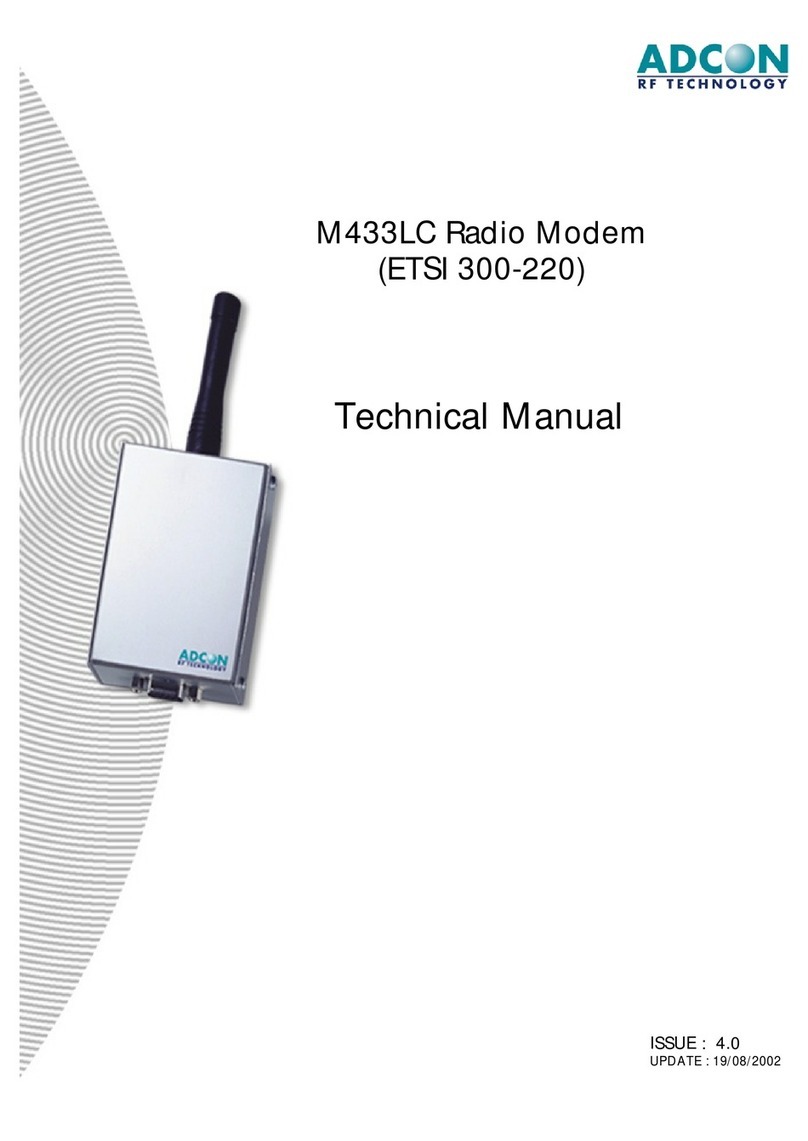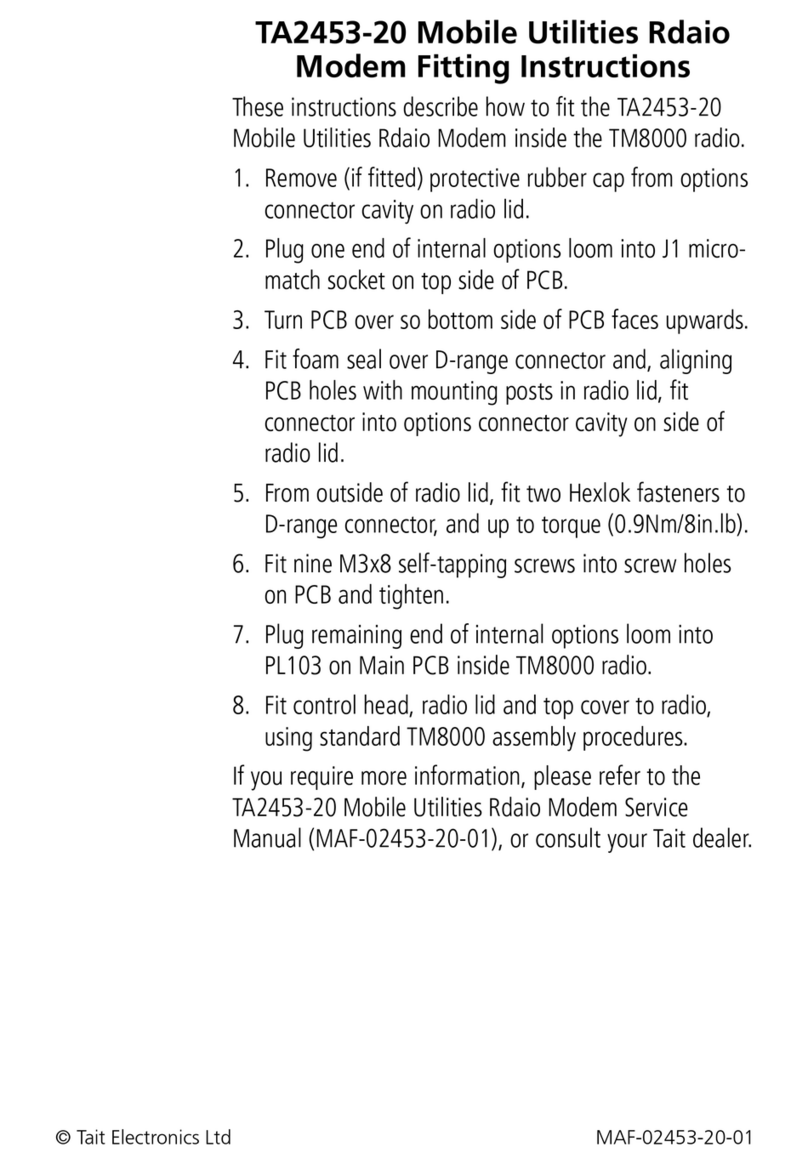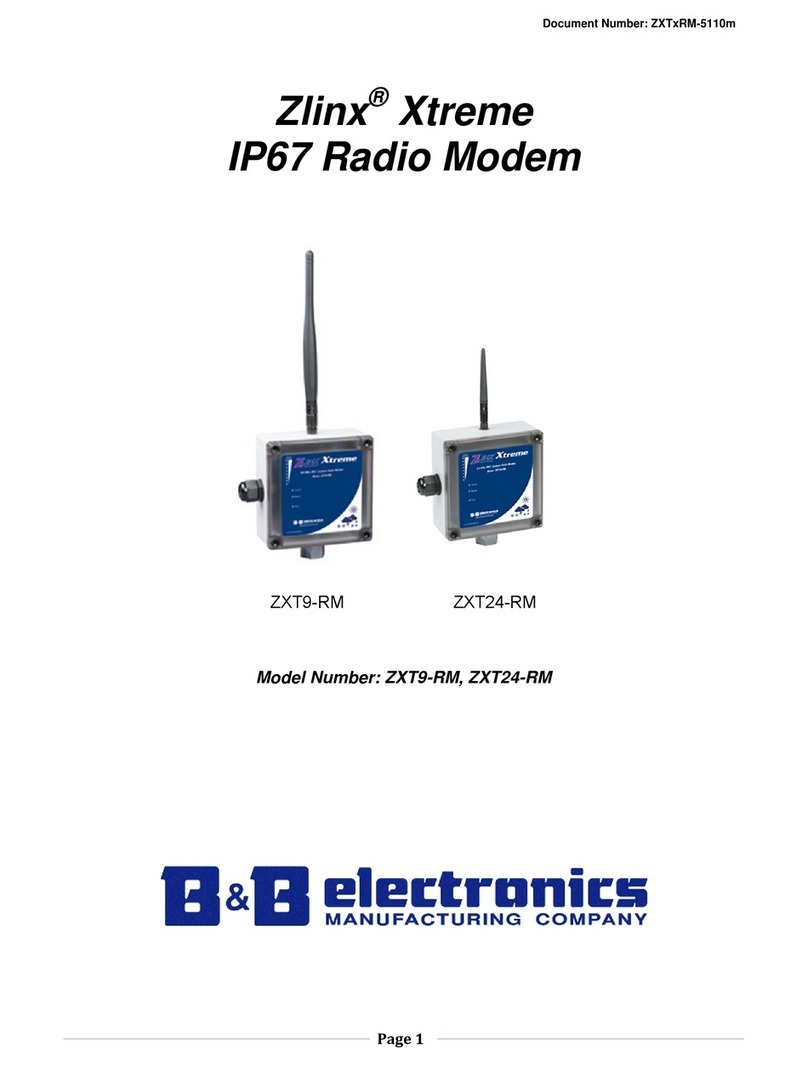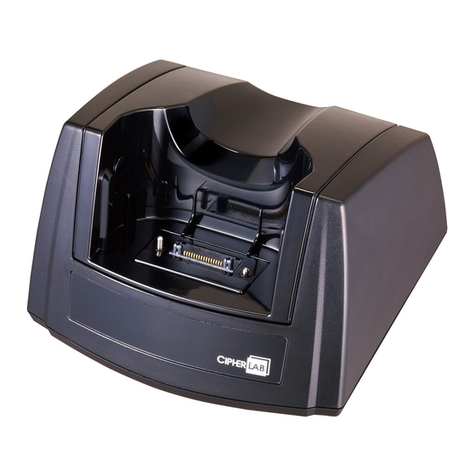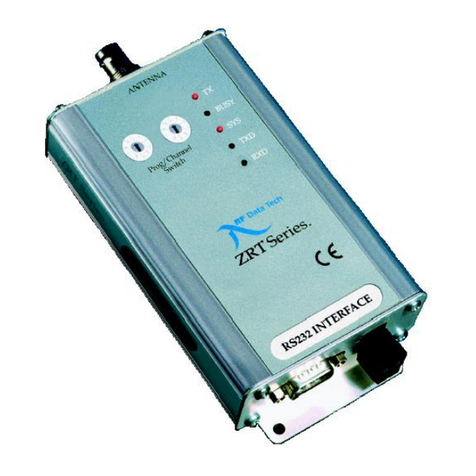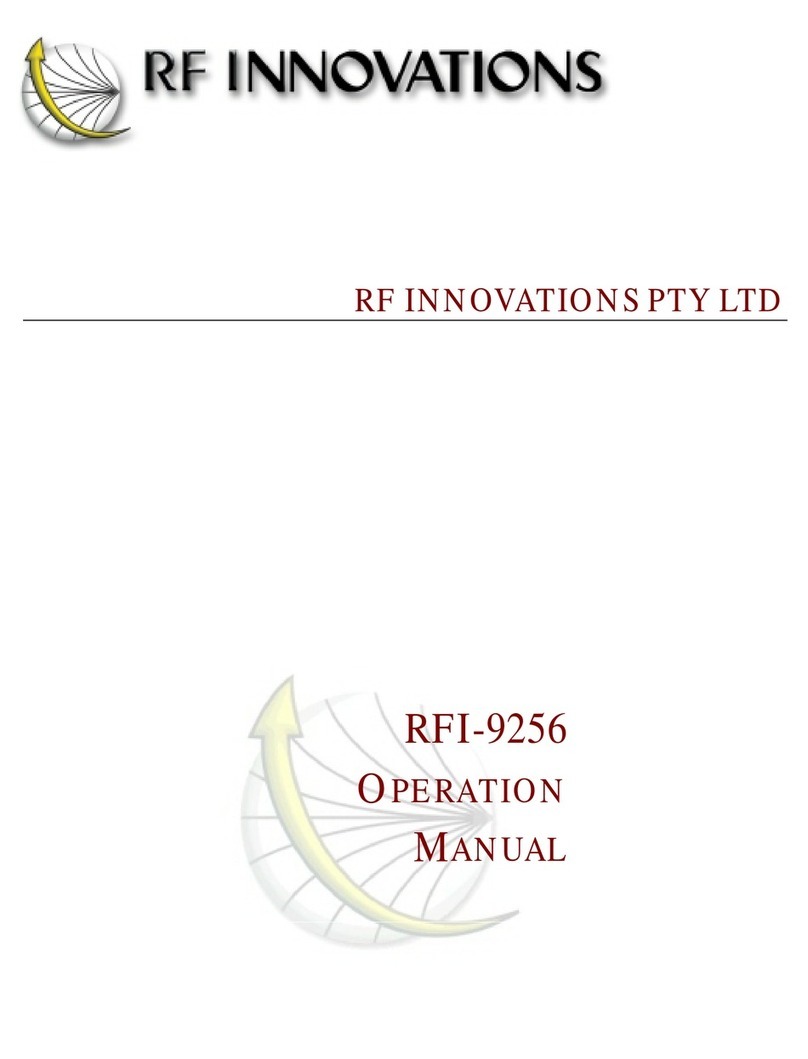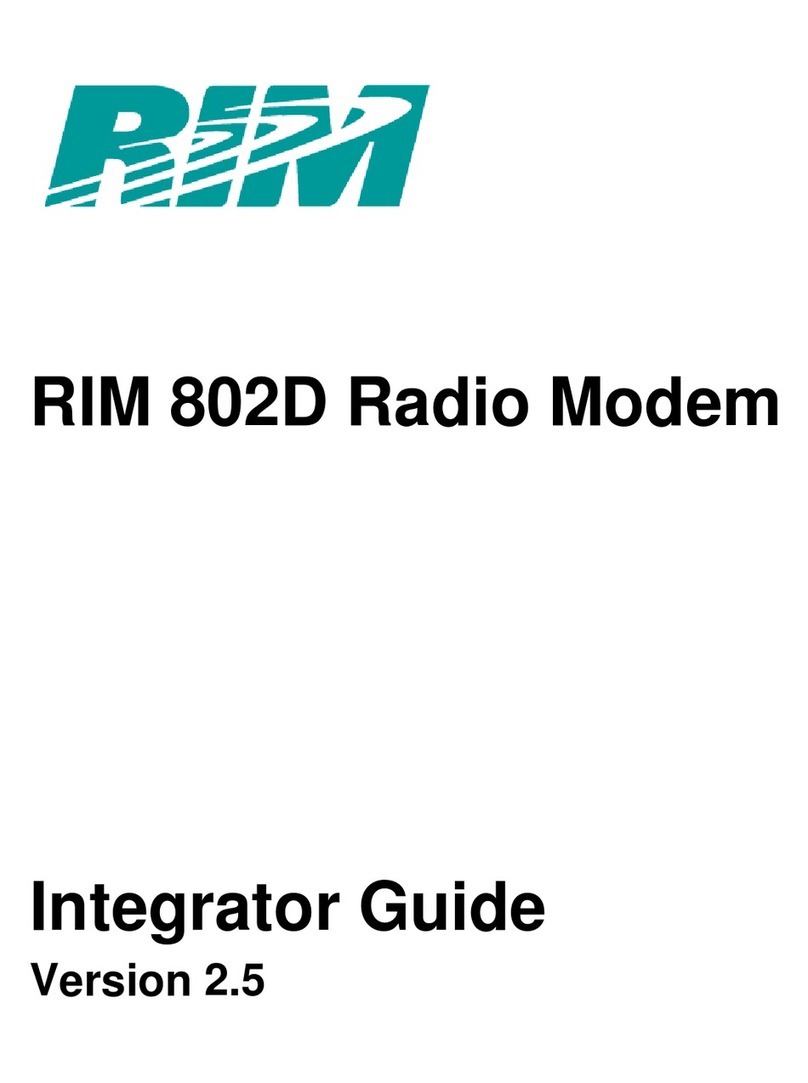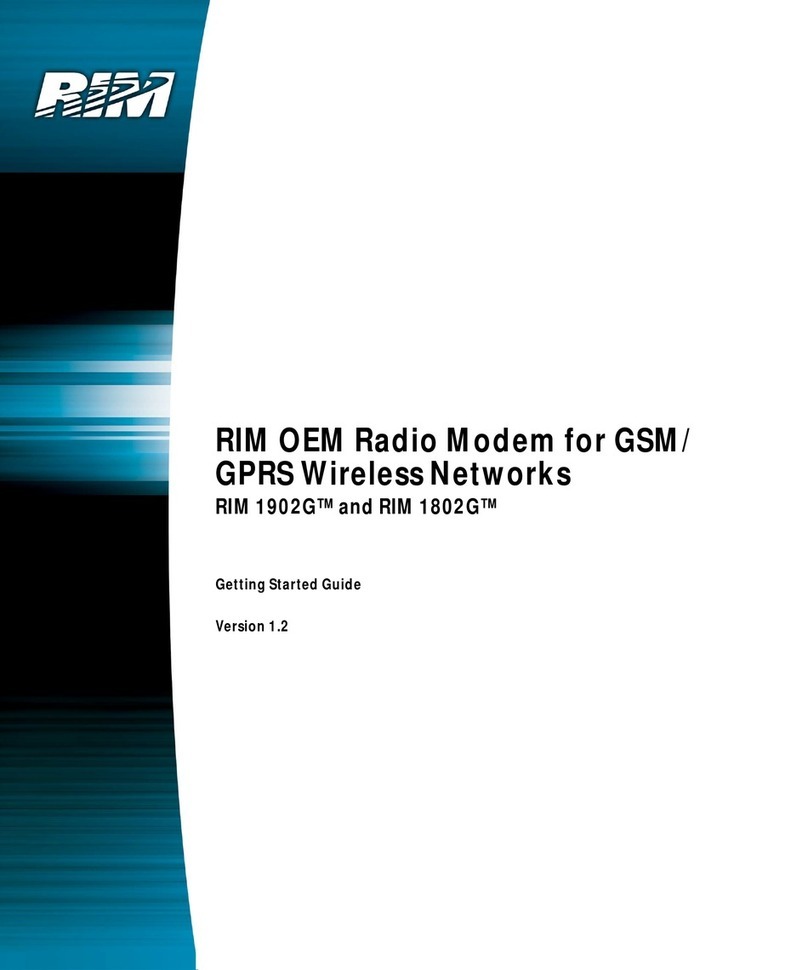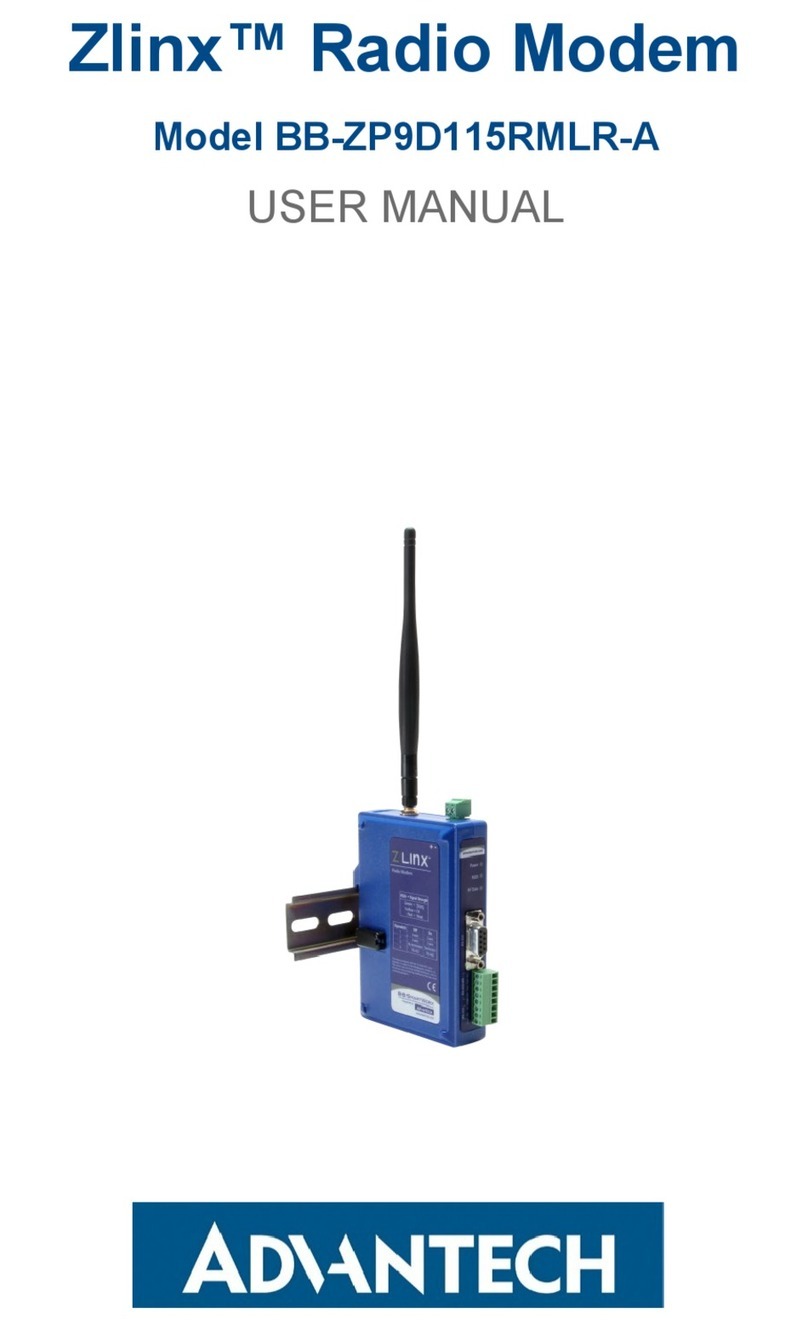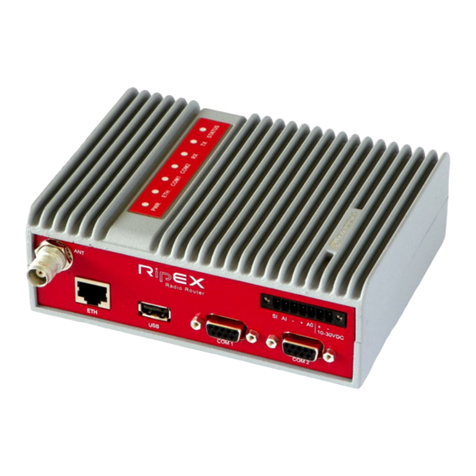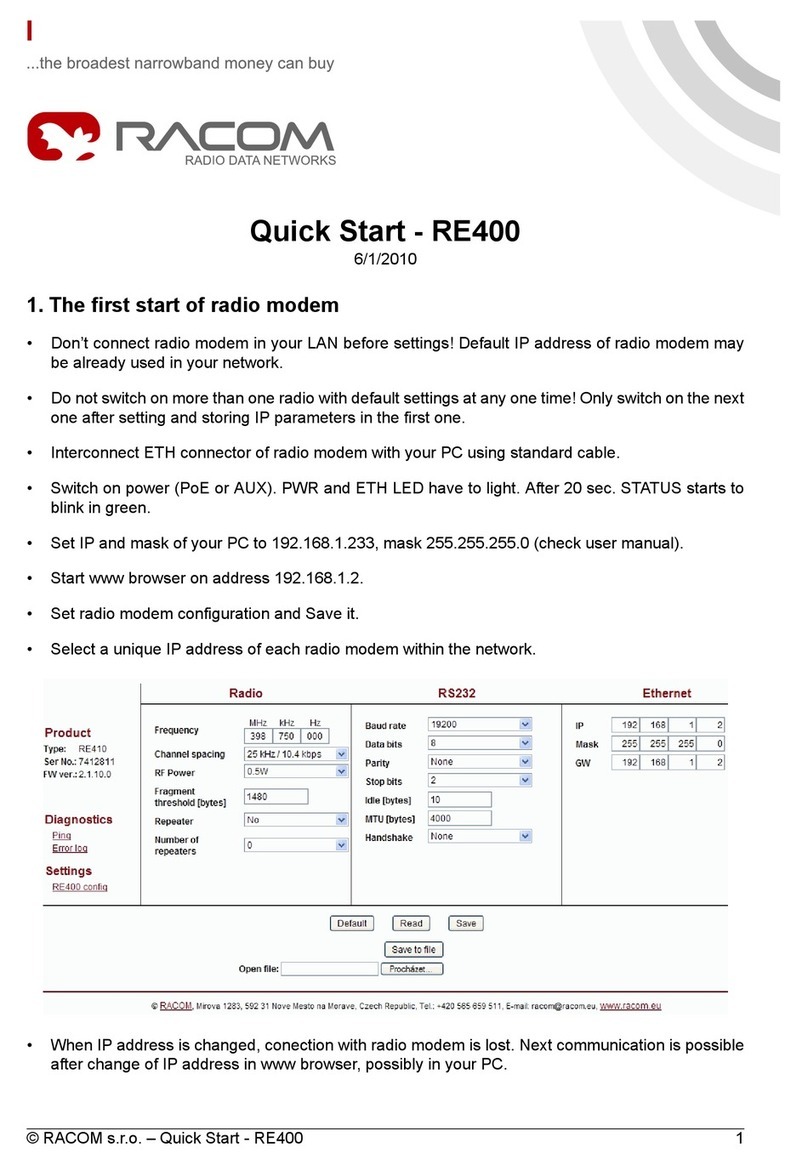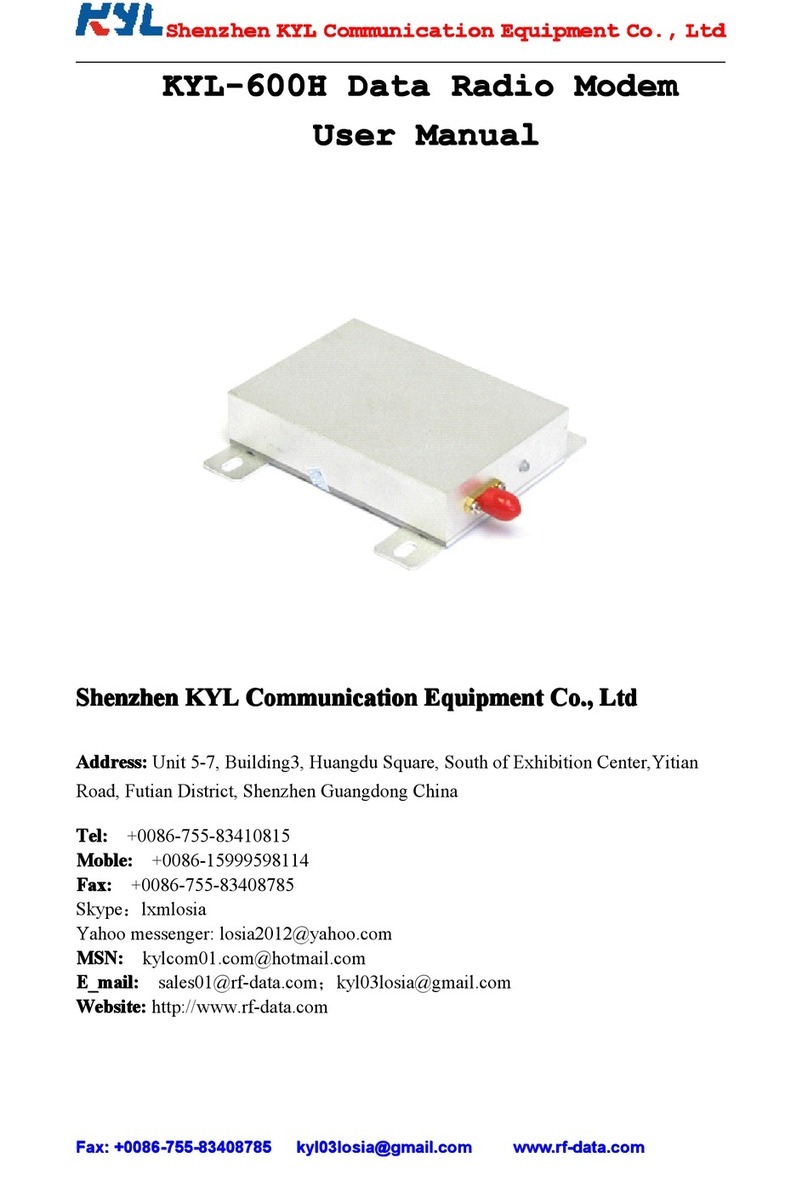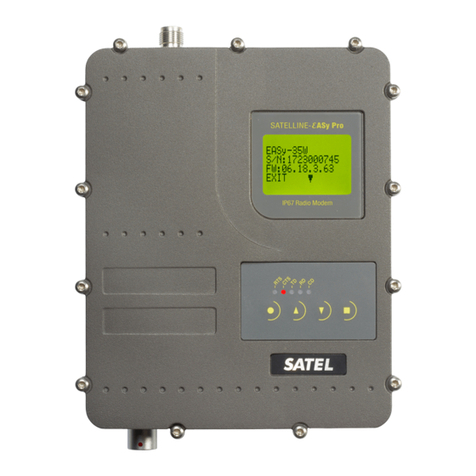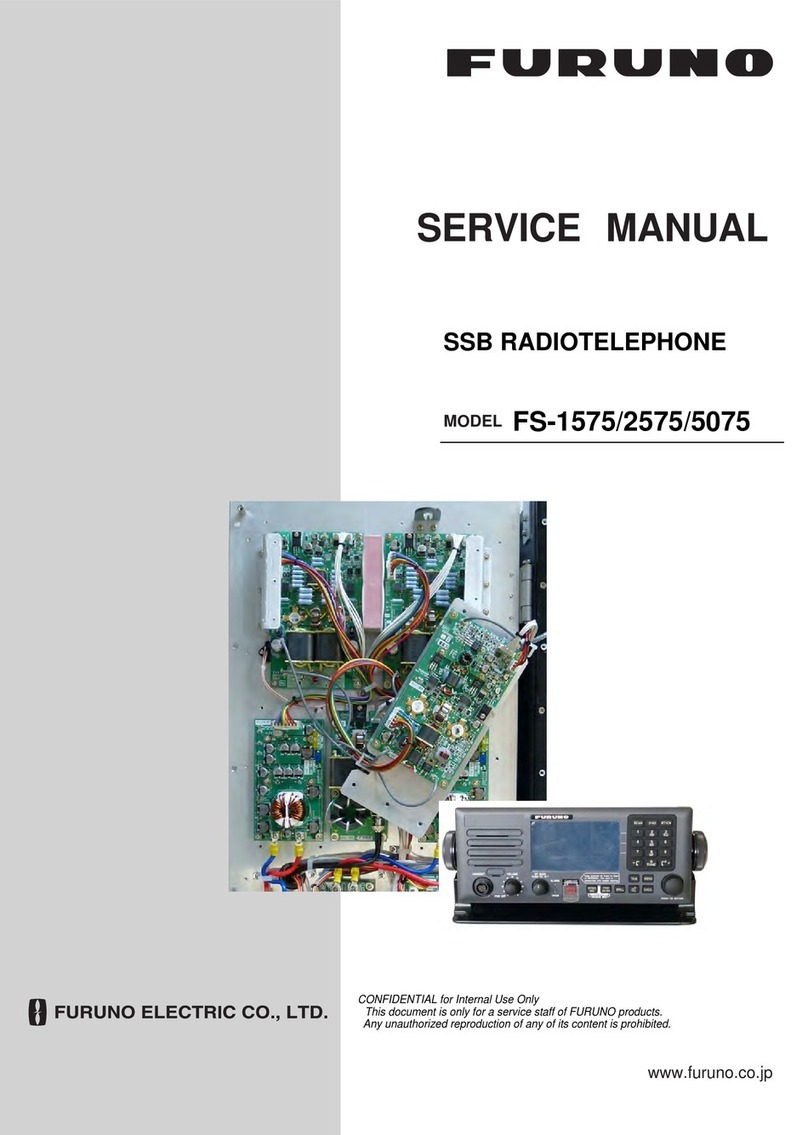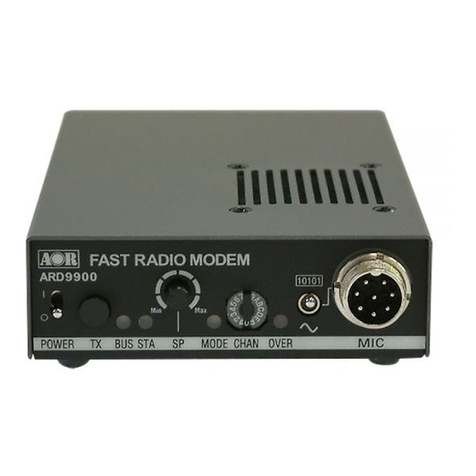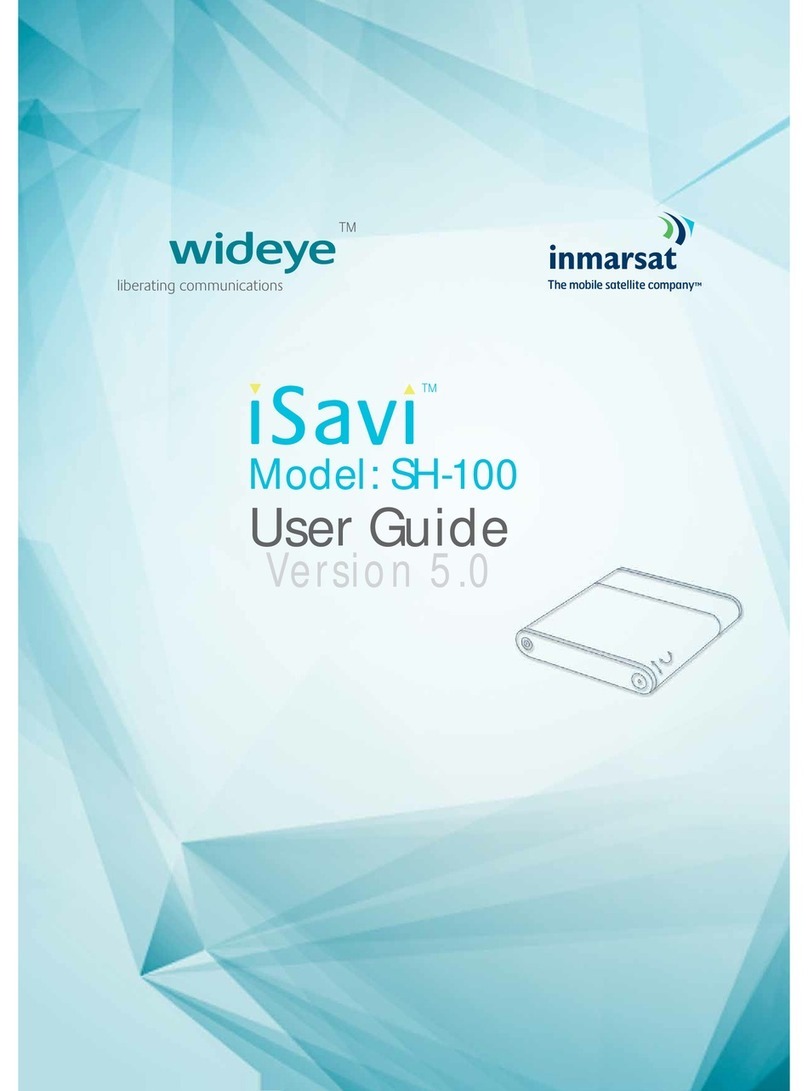
Contents
DRAFT FCC Compliance Statement (USA)..........................i
DRAFT Industry Canada Certification.................................ii
About this guide....................................................................v
1. Introduction...............................................................1
Radio performance...................................................................... 1
DataTAC network technology..................................................... 4
2. Getting started...........................................................7
Test board overview.................................................................... 8
How to connect the test board...................................................... 9
The MENU diagnostics tool.......................................................10
3. Mechanical integration ........................................... 17
Environmental properties...........................................................17
Physical properties.....................................................................18
Mounting methods.....................................................................20
Cables and connectors................................................................23
4. Power requirements ................................................ 27
Load specifications ....................................................................27
Calculating overall power consumption......................................29
Batteries ....................................................................................30
Plug-in supplies.........................................................................31
Automotive supplies...................................................................32
5. Interface specification............................................. 33
NCL and RAP link-layer protocols.............................................33
Pin descriptions .........................................................................35
How to turn the radio on and off................................................40
Loading firmware (optional)......................................................41
6. Antenna selection .................................................... 43
Selecting an antenna..................................................................43
Introduction to antenna terminology..........................................45
